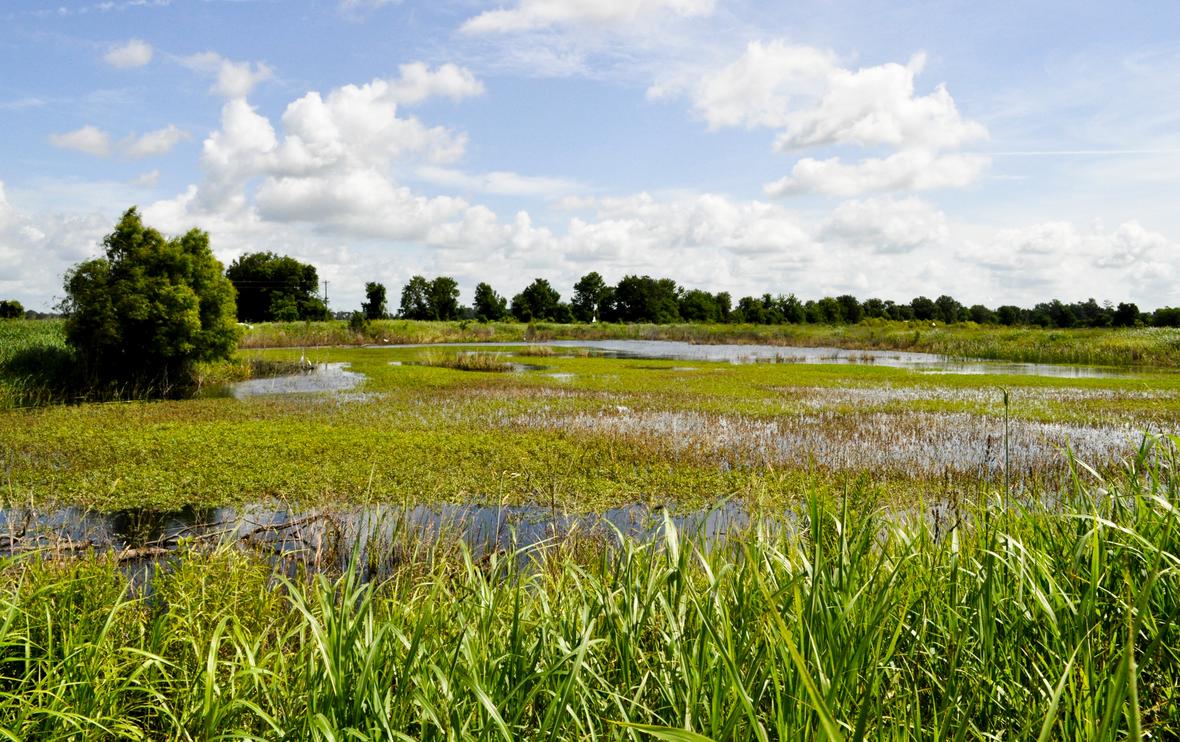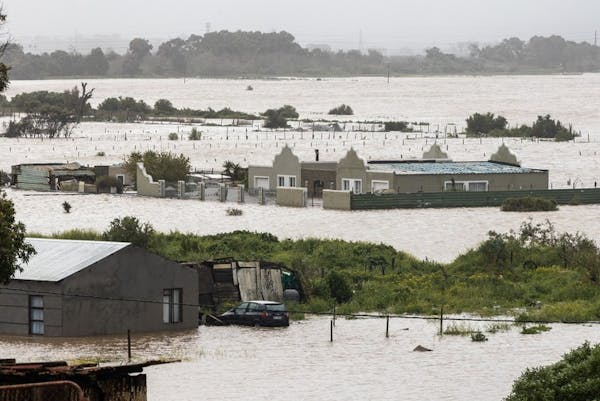
Published: January 31, 2024 4.25pm CET - Jacqueline L Raw, Carbon Project Developer, Nelson Mandela University
In the past, wetlands were often seen as undesirable landscapes – waterlogged areas that were difficult to navigate, impossible to build on or farm, and a source of pests such as mosquitoes. But the view on wetlands has shifted as we have learnt how important these ecosystems are for essential “services”. They purify water and provide habitats for plants and animals.
Wetlands are also critical for supporting some people’s livelihoods, particularly in developing countries, including water-scarce countries like South Africa. Wetlands provide over 1 billion livelihoods globally; 660 million people depend on them for aquaculture and fishing. Livestock owners rely on wetlands as a water source for their animals.
In the last decade, the potential for wetlands to help with climate change adaptation has become more recognised. Wetlands absorb the carbon dioxide (CO₂) that contributes to global warming, and they reduce some of the impacts of climate change by curbing floods.
As a researcher, I led South Africa’s first national assessment of coastal wetlands as “blue carbon” sinks. These are marine habitats that can take up and store more carbon than terrestrial forests. My research has also assessed the impact that climate change will have on mangrove forests, otherwise known as coastal wetlands.
This has given me insights into wetlands and their importance in helping prevent the worst effects of climate change.
Wetlands for people and planet
Wetlands can provide a “nature-based solution” to assist with climate change, but only if they are protected and managed. For example, wetlands absorb carbon dioxide from the atmosphere (like all plants do), and convert this into organic carbon (which makes up the plant as it grows). This organic carbon is deposited into the wetland mud as the plant grows through seasonal cycles, and the waterlogged conditions help to trap it there and prevent it being released back into the atmosphere. This carbon can be locked up for decades or centuries, which is a meaningful timescale for tackling climate change challenges.

Sandvlei in Cape Town was flooded in October 2023. Protecting and restoring wetlands can help protect communities against floods. Ashraf Hendricks/ GroundUp
In addition to mitigating climate change, wetlands can help humans to adapt to climate change. Many coastal areas are prone to increased flooding as a result of climate change, due to a combination of higher intensity storms and rainfall as well as rising sea levels. Wetlands are considered “ecological infrastructure” that provides protection from flooding. They have been successfully incorporated into shoreline engineering.
Naturally occurring coastal wetlands (such as mangroves and salt marshes) can also buffer the effects of flooding if they are restored and maintained in good condition.
Unfortunately, in many urban areas these wetlands have been lost or replaced with hard infrastructure such as buildings or roads. The protection from wetlands is then lost and flooding or sea-level rise can be more severe. Detailed studies at the Knysna and Swartkops estuaries in South Africa have shown that salt marshes, another type of wetland, can provide protection from rising sea levels if they are restored.
What’s missing
For wetlands to continue to provide these services for climate mitigation and adaptation, their sustainability must be ensured. Many of these steps must be taken at the level of regional or national government, but individual citizens can also get involved.
Some actions that ordinary people can take to help preserve wetlands include:
- educating themselves and others about the value of wetlands
- participating in wetland restoration projects or clean-ups
- directly contributing to organisations that conserve wetlands, such as the South African Wetland Society and BirdLife South Africa
- conserving water and reducing pollution from household chemicals
- advocating for planning and zoning of new housing and business park developments that include wetlands in their design.
Careful planning must be put in place to prepare for climate change-caused disasters like this. The complexity of climate change means that solutions need to be complex too: both nature and human engineering are resources for mitigation and adaptation.
Solutions will also need to be designed for local conditions: there isn’t a general solution for the same challenge in different areas. For example, for a solution that involves creating wetlands as supporting infrastructure, the size of the wetlands and the number of wetlands can influence how effective the flood mitigation of an area will be in comparison to built infrastructure such as flood control reservoirs and dams. Creating natural infrastructure such as wetlands can provide a cost-effective solution to improve built infrastructure in this way.





















